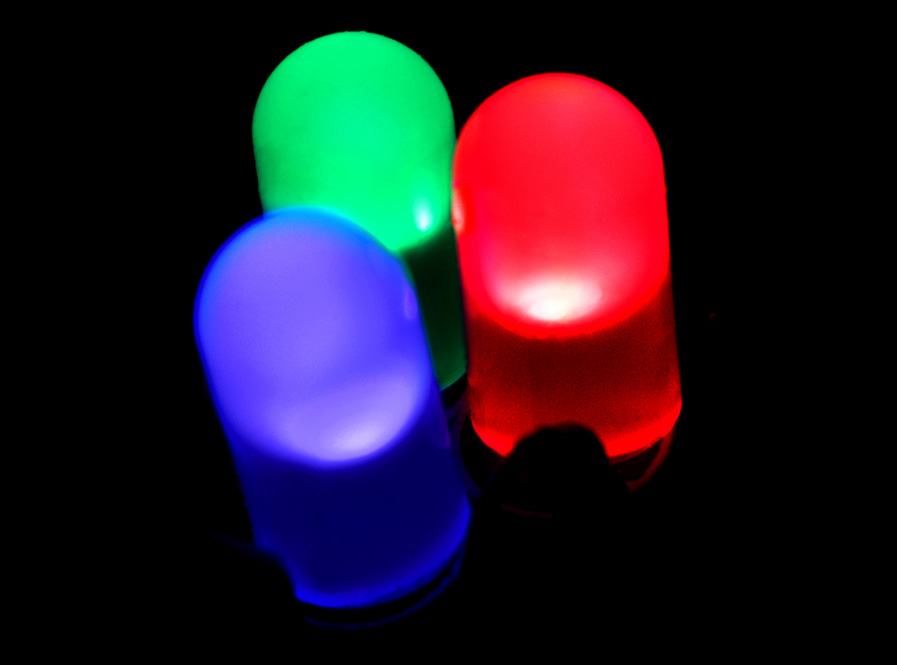2014物理诺奖给了蓝光二极管,众望所归更大失所望!
正在处理回复中,全慧贴来消息:
[10]刘全慧 2014-10-7 09:49
2014 Nobel Prize inPhysics
The Nobel Prize inPhysics 2014 was awarded jointly to Isamu Akasaki, Hiroshi Amano and ShujiNakamura "for the invention of efficient blue light-emitting diodes whichhas enabled bright and energy-saving white light sources".
Nakamura就是著名的中村修二,授奖理由:他们发明的高效蓝光二极管,使得节能的白光光源成为可能。
我不敢相信自己,这是真的吗?
蓝光二极管功劳很大,的确值得诺奖,这是众望所归。
但是,第一个二极管是红光,还没有授奖,红光得到了很广泛的应用的,这明显大失所望。
还有,邓青云的有机发光二极管,也应该同时给。
总之,众望所归更大失所望!
9楼传来了诺奖委员会授奖的理由如下:
[9]gyrotron 2014-10-7 10:15
为什么给了蓝光二极管,这是诺贝尔委员会在“Scientific Background on the Nobel Prize inPhysics 2014”中给出的解释:
Light-emitting diodes(LEDs) are narrow-band light sources based on semiconductor components, withwavelengths ranging from the infrared to the ultraviolet. The first LEDs werestudied and constructed during the 1950s and 1960s in several laboratories. Theyemitted light at different wavelengths, from the infrared to the green. However,emitting blue light proved to be a difficult task, which took three moredecades to achieve. It required the development of techniques for the growth ofhigh-quality crystals as well as the ability to control p-doping ofsemiconductors with high bandgap, which was achieved with gallium-nitride (GaN)only at the end of the 1980s. The development of efficient blue LEDs alsorequired the production of GaN-based alloys with different compositions andtheir integration into multilayer structures such as heterojunctions andquantum wells.
博主回复(2014-10-7 10:19):明白了,诺奖委员会的理由,按照我的语气理解就是,二极管的发明太简单,其他颜色都容易,但是蓝光就很困难,困扰了学界很多年,中村修二在固体物理学上巧妙的解决了一个关键(掺杂)问题,才导致产生了蓝光二极管。从这点上看,理由也算充分,因为蓝光的发明解决了一个巨大的技术难题。
其实当年第一次做出来红光二极管的时候,也是很不容易的,第一次吃螃蟹,功劳很大。这次诺奖委员会这么说,有点差强人意。相信学术界今后几天会有更多异议。
差强人意。相信学术界今后几天会有更多异议。





